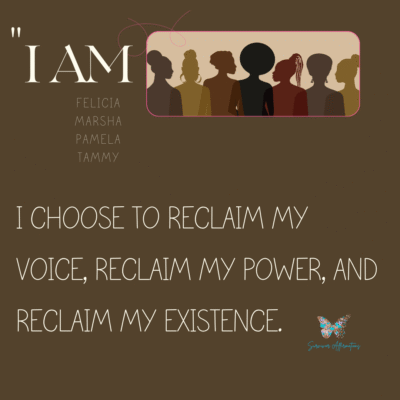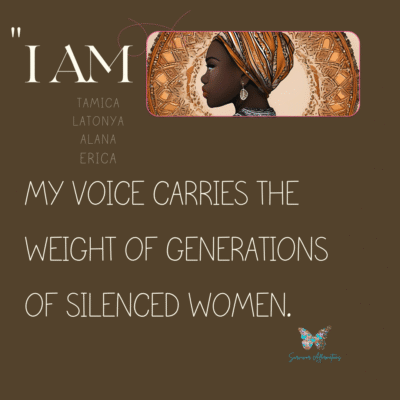The Very Idea People used to walk all over my boundaries. And I used to let them. Not because I didn’t care, and not because I wanted to be
 The Very Idea
The Very Idea
People used to walk all over my boundaries.
And I used to let them.
Not because I didn’t care, and not because I wanted to be mistreated.
I let them because I didn’t even know what a boundary was.
I understood fences around land.
I understood locked gates on buildings.
But people?
Personal space? Emotional gates? Spiritual fences?
No one ever told me I was entitled to any of that.
Well… I’ll be.
💔 Where the Wounds Begin
For me, the root of this came from surviving sexual violence.
There’s a method behind the madness—
A cruel strategy of manipulation designed to trick Survivors into lowering their boundaries.
Sometimes it happens in minutes. Sometimes it happens over years.
But either way, the damage is the same:
A wound that keeps bleeding long after the danger is gone.
Until we’re made aware.
Until we begin to rebuild.
🥀 Repeat That for Domestic Violence
The same cruel strategy shows up in domestic violence.
Tactics that confuse, control, and wear you down until your defenses collapse.
People ask, “Why didn’t they leave?”
But a better question is:
“Why does the abuser abuse?”
Because by the time we try to leave, we’re no longer in the shape we were in when we entered that relationship.
“Because of the damage the abuser has done, the person leaving is not the person who came in.”
— Tonya GJ Prince
🧠 More Than Trauma
My lack of boundaries wasn’t only because I was a Survivor.
I was also a woman—raised on a steady diet of “be nice” culture.
Smile.
Nod.
Don’t cause trouble.
Don’t take up space.
Be polite, even when someone is being disrespectful.Let me tell you, I divorced “nice.”
For safety reasons.🧸 Childhood: Where the Silence Begins
Some of us were raised in homes where children were taught to be seen, not heard.
Where feelings were considered disrespectful.
Where thoughts had to be approved.
Where we were shaped by the pain our parents carried—and passed down.No one ever showed us how to build a gate, let alone close it.
🧱 Race & Resistance
And then there’s the layer of race.
As a Black woman, asserting my boundaries—around my culture, my time, my tone, my history—has often been labeled “having an attitude.”
And to that, I just shrug.
Because I now know:
That “attitude” is me reclaiming my birthright to safety, space, and sovereignty.🚪 Gate Check: Don’t Expect Applause
Let me warn you now:
Asserting boundaries is powerful, but it is not easy.Some people will take it personally.
They’ll throw accusations at you.
They’ll bring up your past.
They’ll mock your growth.Translation:
“Who do you think you are?”
“You don’t have a right to say no.”
“I liked it better when I had access to your space without permission.”You may lose relationships—friends, family, or lovers who were attached to the version of you with no gate, no door, and no self-protection.
Let them go.
Like extra weight. Like dead leaves in fall.
Like a heavy coat in spring.🌱 Boundaries Are Not Walls—They’re Doors
Doors you can open with discernment.
Gates you can close with love.
Fences that keep you from being trampled.Boundaries are sacred.
And Survivors deserve sacred ground.Stay strong. Stay grounded.
And if you’re struggling to set boundaries, you are not alone.
Many of us are learning—slowly, courageously, and together.🧩 Share With the Community
Have you found a podcast, book, site, or audio resource that helped you understand boundaries better?
Drop it in the comments or send it to us—we’re building this healing path together.
 🧠 More Than Trauma
🧠 More Than Trauma 🧱 Race & Resistance
🧱 Race & Resistance